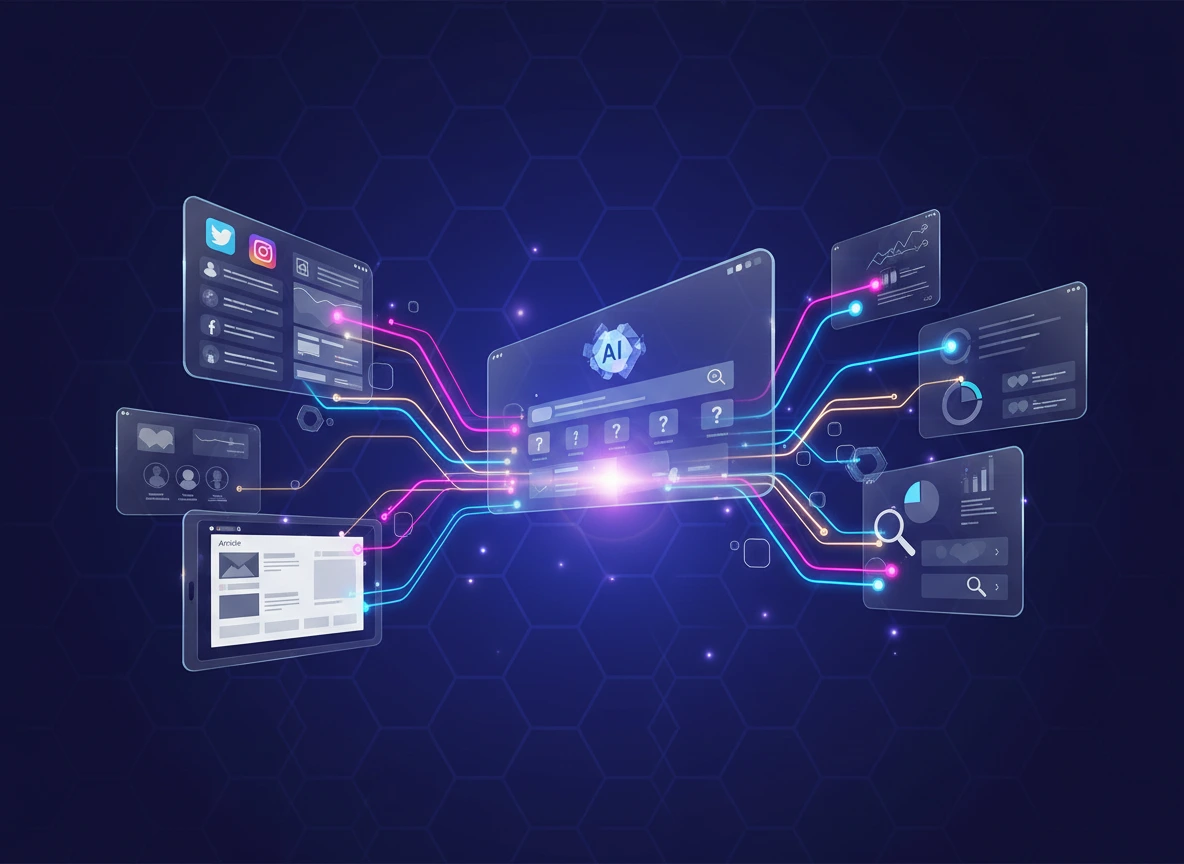Meta and Google are accelerating toward fully AI-driven advertising and search, reshaping how brands earn visibility, control performance, and capture demand in a zero-click, automation-first ecosystem.


Meta is finally putting ads inside WhatsApp’s Updates tab (formerly Status), marking its biggest monetization move yet for the platform. That means marketers will soon have access to a massive global audience, 1.5 billion daily users, without invading the private messages that made WhatsApp so trusted. If you serve international audiences or lean into mobile-first markets like Brazil or India, this is a channel to watch closely. But tread carefully. Meta’s last major update (Threads integration) got mixed reactions, and users will be quick to judge anything that feels intrusive. Keep your eye on user sentiment—this play could either unlock frictionless reach or backfire with privacy-conscious audiences.

Google Ads just launched AI Max, their latest push into fully automated campaign generation. Instead of building around keywords, you now drop a URL and let AI generate everything from audiences and bidding to headlines and creative. It’s the spiritual successor to Dynamic Search Ads, but more intelligent, more flexible, and more aggressive. You can still apply exclusions and filters, but the whole system is designed to learn fast and launch faster. For service businesses with strong landing pages and clear conversion actions, this could be a game changer. For everyone else it’s a reminder that your website is your campaign now. If the content is weak, don’t expect AI to save you.
At Cannes Lions, Meta laid out a bold roadmap: complete AI-driven ad creation and targeting across all platforms—including Instagram, Facebook, Threads, and eventually WhatsApp by the end of next year. That means campaigns built entirely by machine: creative, copy, media plan, all generated automatically based on performance data and user behavior. It’s a dream for scale, but a nightmare for brand control if you’re not feeding it the right inputs. The takeaway? Start training Meta’s AI with clean, high-performing assets now. If you want to retain any say in how your business shows up in this new system, the time to shape the algorithm is now not after it’s fully in charge.

A new study analyzing 75,000 brands found that brand visibility across the web, not backlinks or ad spend, is the most powerful driver of inclusion in Google’s AI Overviews. Web mentions, anchor text, and brand search volume outperformed traditional SEO signals by a mile. In plain terms: Google’s AI is prioritizing businesses that show up everywhere, not just the ones with clean site architecture or a strong PPC budget. If your brand isn’t being talked about..on social, in articles, on forums, you’re invisible to AI search. That makes brand PR, community engagement, and content syndication not just good tactics, but essential pillars of modern visibility.
In a recent CNBC interview, Cloudflare’s CEO revealed a stat that’s both staggering and predictable: Google now scrapes 1,500 pieces of content for every single visit it sends to a site. That’s up from 6-to-1 just a few years ago. The shift to AI-driven answers means your content is feeding the machine.. but your site might never see the visitor. This is a direct threat to any business model that relies on traffic-based monetization, subscriptions, or ad revenue. But even for service businesses, the implication is clear: your website is no longer a destination, it’s a data source. To win, you need to prioritize conversion and lead capture on every visit, because you’ll be getting fewer of them.
We don’t just track trends, we help you act on them. Let’s build a strategy that moves with the market.